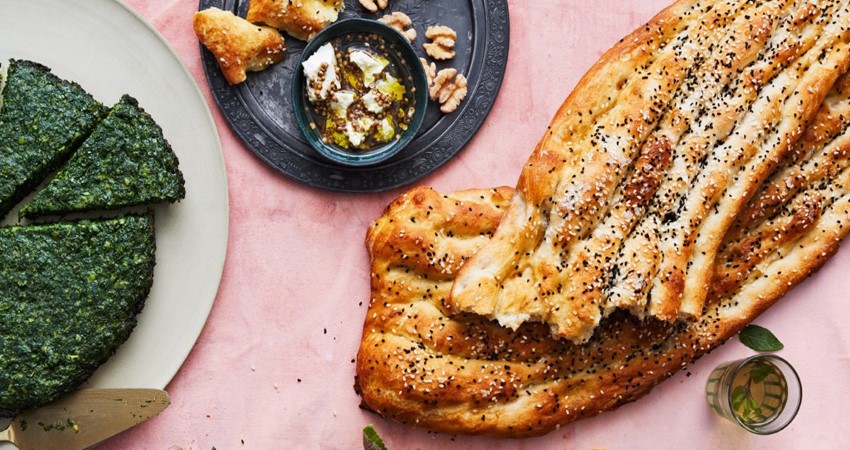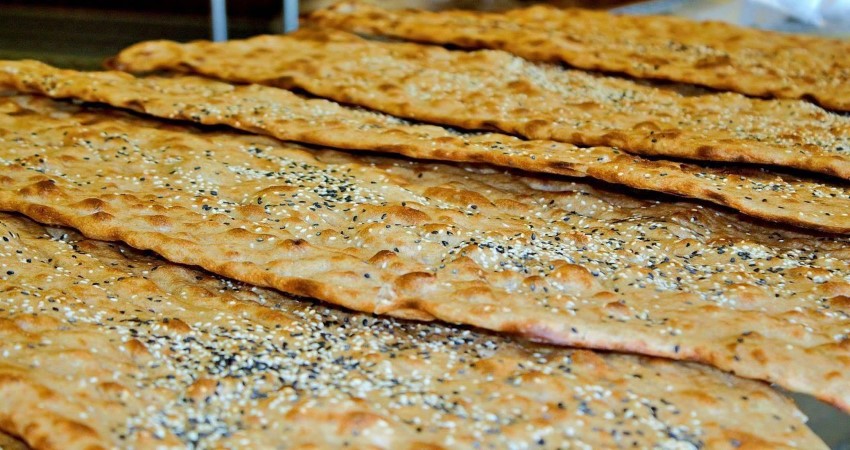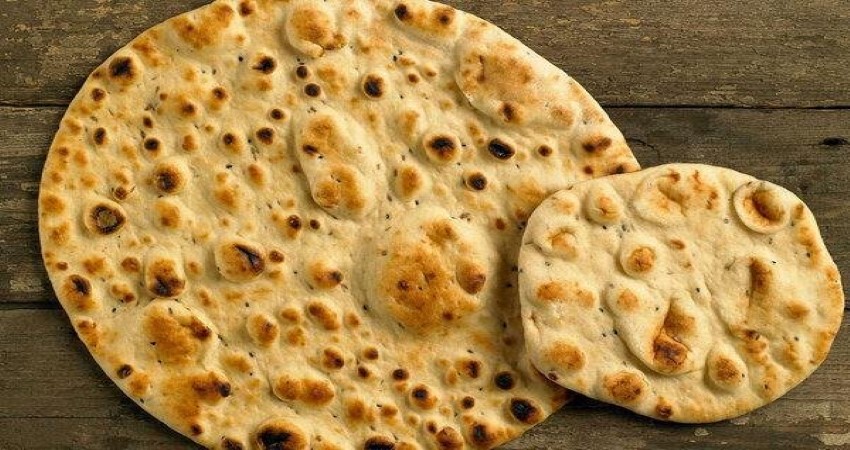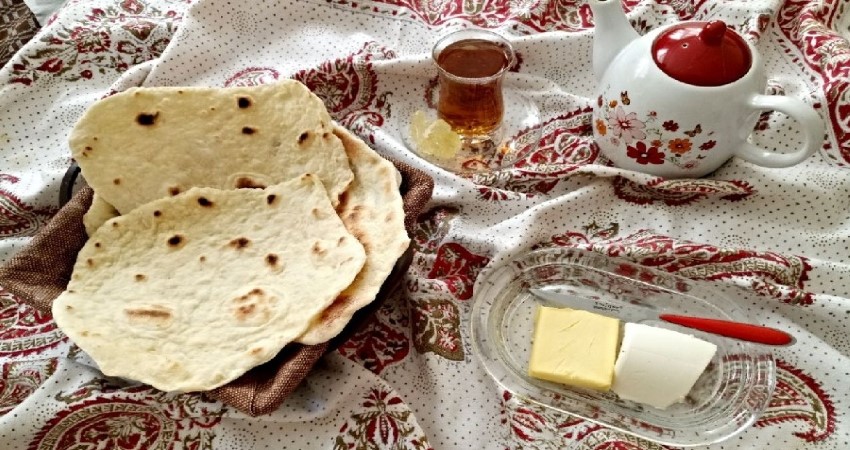The daily breads of Iranians

Iranian Coffee House
October 16, 2020
Pomegranate Festival in Iran
November 17, 2020In Iran just like all over the world, despite the great variety of local cuisine, remains an essential culinary base. In Iran, since the Neolithic period, it has been wheat, and its main product, bread, is denoted by the word nān in Persian.
Bread is a very important part of Iranian culture and has a sacred character. According to Iranian culture, bread should never be thrown with other waste in the trash, or if it happened to see a piece of bread on the floor in the street, it should as soon as possible be placed in a place worthy of it.
Bread presents a surprising regional variety in Iran. Some variations can be qualified as national because you will find them in the four corners of the country. Among the daily bread of Iranians, four types are very popular and mainly used by people, named Barbari, Sangak, Tāftoon, and Lavāsh.

Barbari
Barbari bread, appeared in Iran during the Qajar period, in the 19th century. The word Barbari means to belong to Barbar, and Barbar represents a group of people who lived in northeastern Iran. The bread gets its name since the bread was baked in this region and brought to Tehran. Barbari is a flatbread, long and oval about 70 centimeters long and 30 centimeters wide. It is usually sprinkled with sesame.

Sangak
Sangak is a rectangular whole wheat bread reputed to be the best bread and whose invention dates back to the philosopher Sheikh Bahai in the 17th century AD. BC which would have recommended its typical cooking on a bed of heated pebbles (Sangak meaning pebble in Persian). Some bakeries add different types of things like sesame and dried herbs to them. It is very popular to eat Kebab and Dizi with Sangak.

Tāftoun
Taftān or Tāftoun is a Persian word that derives from “tafan” which means “heating”. According to the Shahnameh; the Iranian national epic, Tāftoun has been baked and used by people for centuries. The traditional way of baking bread was by baking in a clay oven called tanoor in Persian. Usually, the baker makes dimples on the dough with the fingertips. This bread, often flavored with saffron and cardamom, sometimes decorated with poppy seeds,

Lavāsh
Lavāsh bread is the thinnest bread among all Iranian bread. This bread is one of the most common types of bread in Armenia, Azerbaijan, Iran, and Turkey. Its simple recipe and easy cooking have made it a popular bread throughout the Middle East since ancient times. In 2014, Lavāsh was inscribed on the UNESCO List of Intangible Cultural Heritage of Humanity of Armenia. However, after two years, in 2016, the countries of Azerbaijan, Iran, Kazakhstan, Kyrgyzstan, and Turkey were also added to the list of representatives.
National Breads Tour
The bakery is also one of the most important parts of the city. In every neighborhood of Iranian towns and villages, there are several bakeries offering bread to people. If you like to try Iranian bread, you can travel to any province in Iran.
When you see a line forming in front of a store, it is almost always a bakery. In the streets of Iranian cities, do not hesitate to come and take a look in the bakeries, when it is time to bake bread (in the morning, at noon, and in the evening). You can chat with customers and bakers and experience Iranian bread!
Our suggestion to you is that you have a few free hours in Tehran, and join our national bread tour. We will have the opportunity to try these daily delicacies, the smell of which irresistibly attracts every passer-by. The architectural structure of bakeries is such that you can observe live the preparation of the bread you are about to taste. If you like, you can participate in the process of baking bread. And the most delicious part of the program is a traditional Iranian evening meal or breakfast just in the bakery: fresh and hot bread paired with Lighvān cheese, nuts, honey, and a cup of tea.
The world of Iranian bread is an important aspect of the country’s culinary tradition, so don’t miss it!

